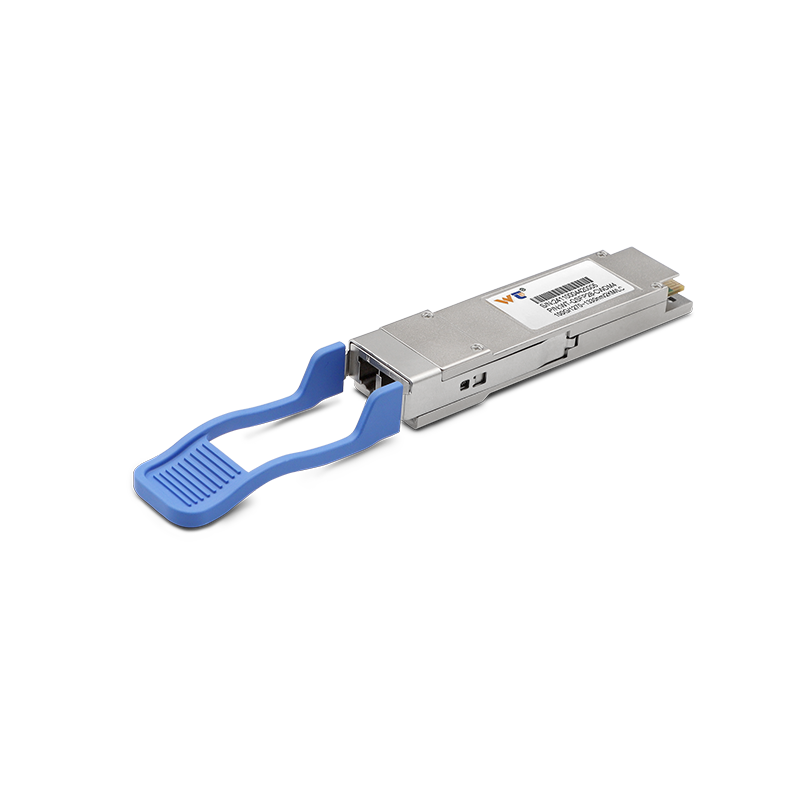The field of optical communication has rapidly evolved, providing innovative solutions to meet the escalating demand for high-speed data transmission. As we approach 2025, industries are expected to experience a surge in the adoption of optical modules, specifically those offering high-efficiency multi-protocol integration. This integration will be pivotal in enhancing communication systems across various sectors, particularly in rail transit, where seamless connectivity is critical.
Optical modules are crucial components in the realm of telecommunications, facilitating the transmission of data over optical fibers with minimal loss and maximal speed. Recent market trends indicate a significant shift towards high-capacity modules, such as those ranging from 155 Mbps to 1.6 Tbps (1.6T). This extensive range includes gigabit optical modules (1G, 10G), high-speed optical modules (25G, 40G, 100G), and ultra-high-speed optical modules (400G, 800G, 1.6T). The growing demand for such modules is a reflection of the increased need for bandwidth capacity, driven by an expanding digital economy and data-intensive applications.
| Optical Module Technology | Function |
|---|---|
| Gigabit Modules | Supports basic data transmission for small-scale networks. |
| High-Speed Modules | Enhanced data rates suitable for medium to large networks. |
| Ultra-High-Speed Modules | Handles massive data loads for enterprise and cloud services. |
In our thorough research and application of optical modules within rail transit, we focus on developing and implementing solutions tailored for high-efficiency communication. For instance, leveraging 100G optical modules can bridge the gap between different network protocols, ensuring that diverse systems within rail networks can communicate effectively. This integration is not only vital for operational efficiency but also enhances safety protocols by providing real-time data updates. Moreover, our modules are engineered to withstand the rigorous conditions faced in transit environments, ensuring reliability and durability.
As we explore the primary types of optical modules relevant to this sector, we identify several key technologies. Gigabit modules, while less commonly used in high-speed applications, still serve foundational roles in legacy systems. High-speed modules are increasingly deployed in urban rail systems, providing efficient service and facilitating real-time passenger information systems. Ultra-high-speed modules hold the future potential for expansive networking requirements, allowing for greater data throughput in signaling and monitoring systems crucial for rail operations.
In 2025, the integration of optical modules into rail transit systems will likely become more sophisticated, with networks demonstrating enhanced resilience. Real-world cases, such as those seen in major metropolitan rail networks, illustrate the potential of hybrid architectures, combining traditional copper systems with advanced optical technologies. Scenarios where optical modules efficiently interact with other technologies will enhance operational capabilities, providing improved scheduling and communication.
Our website showcases a refined portfolio of optical module products, all subjected to rigorous quality assurance tests to ensure exceptional performance across various applications. Whether your focus is on high-speed data transmission or long-distance communication, our optical modules are engineered to meet varying demands and enhance the overall effectiveness of your systems.
In summary, the anticipated landscape for optical modules by 2025 promises significant transformation in the field of rail transit, characterized by superior communication protocols and integration capabilities. Embracing these advancements not only facilitates rapid data processing and transmission but also paves the way for safer and more efficient travel experiences. As we move forward, our commitment to quality and innovation will continue to serve our clients and propel the industry into a new era of optical communication.






